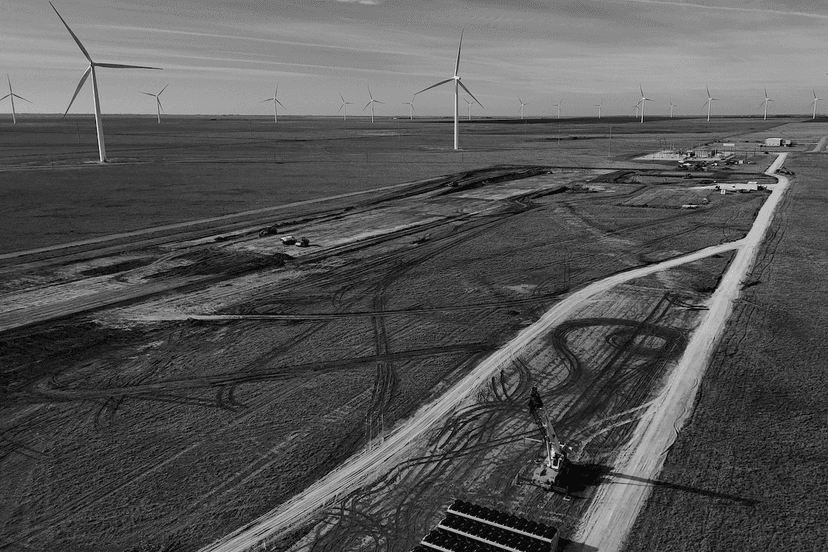Cathedra Bitcoin Expands to Mining Hosting in Reverse Takeover

Canada-listed Cathedra Bitcoin is expanding to a vertically integrated proprietary bitcoin mining and hosting operation via a reverse takeover merger deal.
Cathedra halted the trading of its stocks on Thursday before announcing that it has entered into a binding share exchange agreement for a merger with bitcoin mining infrastructure operator Kungsleden. The deal is the latest merger activity in the bitcoin mining industry, following the business combination of Hut 8 and USBTC in 2023.
Founded by a group of mining industry veterans, Kungsleden owns and operates 30 megawatts (MW) of bitcoin mining power capacities in Kentucky and Tennessee while holding a 25% stake in a 60 MW site in North Dakota under its development. The firm was formerly known as Standard Bitcoin.
Kungsleden manages 1.1 EH/s of hosted hashrate in a mix of profit-sharing and pure hosting structures. It expects to increase another 3.3 EH/s for the North Dakota site. According to Kungsleden’s co-founder Thomas Masiero, the company has close relationships with its hosting clients with the potential to acquire turnkey hashrate at its existing sites.
Cathedra, on the other hand, has an installed proprietary hashrate of 0.4 EH/s. Before the transaction, it had already been hosting a portion of its hashrate in one of Kungsleden’s sites in Tennessee.
Based on the announcement, the transaction constitutes a reverse takeover of Cathedra, after which the existing Kungsleden shareholders will own about 77.55% of Cathedra and Kungsleden will become a fully owned subsidiary.
Masiero and his fellow co-founder Jialin (Gavin) Qu will join Cathedra as co-chairman of the board. Masiero previously co-founded Great American Mining to tap into flare gas in the oilfield for bitcoin mining, which was acquired by Crusoe Energy in 2022.
Cathedra’s existing CEO Antonin Scalia and President Thomas Armstrong will both become board directors while continuing to serve their roles as CEO and president, respectively.






